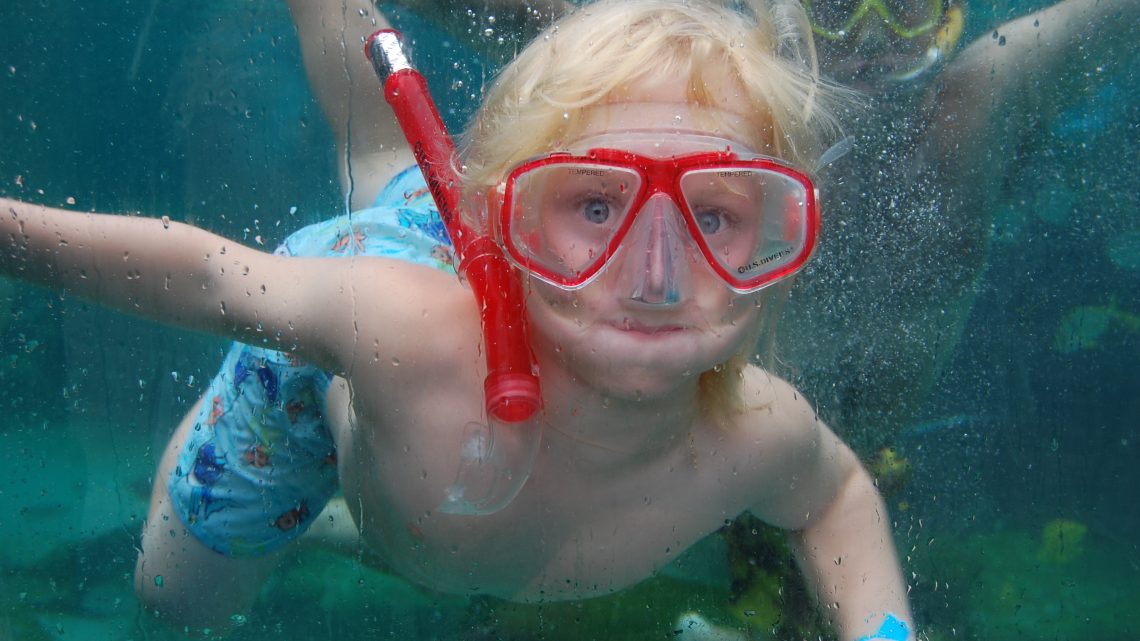A Texas family is still in shock after the loss of their four-year-old son Frankie Delgado just a week after a summer family trip to the pool. To help fight their devastation, the Delgado’s are on a mission to inform families of the rare but serious swimming condition that took Frankie- “dry drowning”.
Drowning in the U.S.
Around 3,500 people drown annually in the United States, averaging 10 deaths a day. Twenty percent of fatalities are children 14 or younger, with the majority the same age as Delgado or younger, according to Craig Heidemann, an attorney who specializes in child injuries and wrongful death.
Heidemann’s advice is simple yet important: no matter where you live, children should learn how to swim. However, pool safety can’t begin and end with proper swim lessons, he continues.
Delgado never surpassed knee-deep water but a large wave did knock him off his feet at least once, his parents recall. It’s likely Delgado swallowed or inhaled water during this fall and slowly worked its way into his lungs. His lungs became irritated and filled with water, causing him to “drown” days after being in water.
The thought of your child drowning on land can leave parents feeling helpless, scared and confused. However, dry drowning is preventable as long as people are aware of the symptoms.
What is Dry Drowning?
“Dry drowning” and “secondary drowning” are often used interchangeably, even amongst medical experts (dry drowning was most commonly used in Delgado’s case). However, there are some slight differences.
Dry Drowning occurs when a small amount of water enters the body through the nose or mouth eventually creating spasms in the airway until it closes. Dry drowning is quick, usually happening soon after exiting the water. Secondary drowning, however, can take as long as 24 hours to start showing symptoms as a small amount of water works its way into the lungs causing inflammation or swelling. Overtime, the lungs will have to work harder until it’s impossible to transport enough carbon dioxide and oxygen.
Both are equally dangerous, and in the most extreme cases deadly. And while it may not be necessary to understand the medical differences- some doctors simply refer to them both as submersion injuries or a “spectrum” of drowning– it’s imperative people understand drowning can happen outside of the water and recognize the subsequent symptoms.
What are the Signs of Dry Drowning (Submersion Injuries)?
These two types of submersion injuries have the same symptoms, making it easier for adults to recognize them.
- Coughing: Persistent coughing after swimming may mean impaired breathing
- Chest Pain: Dysfunctioning lungs can trigger chest pains
- Trouble Breathing: If they’re breathing rapidly, nostrils flaring or you can see either the child’s ribs or gap above their collarbone while breathing, seek immediate medical attention
- Prolonged Tiredness: Sleepiness, even after a fun day at the pool or beach, could mean the brain is not receiving enough oxygen
- Vomiting: Throwing up can be a sign of stress from inflammation and lack of oxygen or from repeated coughing and gagging.
Neither dry nor secondary drowning will occur without some of the above symptoms. If you do notice just one of the above symptoms or your child complains about breathing, it’s worth a precautionary trip to your pediatrician or the emergency room.
Delgado’s Story Saves A Life
2-year-old Gio Vega became sick after swimming in his community pool. Luckily, his parents read about Delgado’s tragic death in the news, recognized similar symptoms in their son- trouble breathing and coughing- and rushed him to the emergency room. Doctors concluded Vega was dry drowning; thanks to Vega’s parents quick actions, he is now okay.
Parents should not panic or avoid water, but it’s always important to follow water safety protocols and pay attention to your child’s behavior once back at home- especially as we enter the warmest time of year.
Main image provided by Flickr Creative Commons Use: Kbossey





No Comment